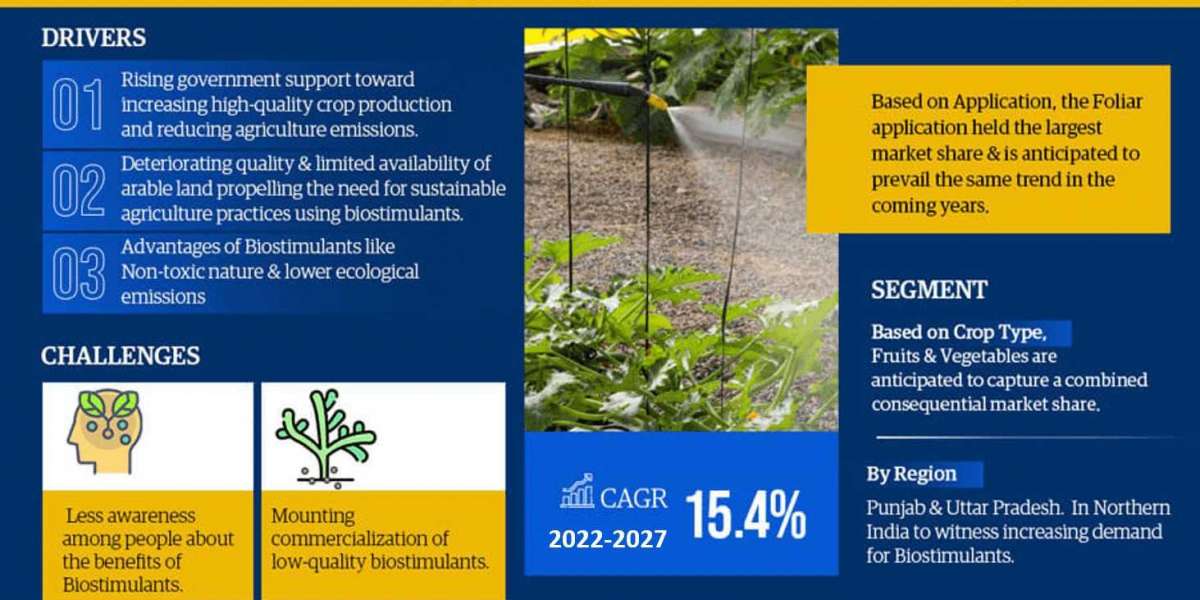In today’s environmentally conscious world, optimizing packaging for eco-friendly shipping is essential for businesses aiming to reduce their environmental footprint and appeal to eco-minded consumers. Sustainable packaging not only helps conserve resources but also supports a brand's commitment to environmental responsibility. This article explores key strategies for optimizing packaging to enhance eco-friendly shipping practices.
Understanding Eco-Friendly Packaging
Eco-friendly packaging refers to materials and practices that minimize environmental impact throughout a product's lifecycle, from production to disposal. Key attributes of eco-friendly packaging include:
- Biodegradability: Packaging that breaks down naturally and does not contribute to landfill waste.
- Recyclability: Materials that can be processed and reused in new products.
- Renewability: Use of materials that are sustainably sourced and can be replenished.
- Minimalism: Reducing excess packaging to lower overall material use and waste.
Strategies for Optimizing Eco-Friendly Packaging
Select Sustainable Materials: Choose packaging materials that are biodegradable, recyclable, or made from renewable resources. Options include recycled paper, cardboard, plant-based plastics, and reusable containers. Avoid materials that contribute to environmental harm, such as single-use plastics and non-recyclable composites.
Reduce Packaging Size: Optimize packaging dimensions to fit the product more snugly. Minimizing the size and volume of packaging not only reduces material usage but also decreases the carbon footprint associated with transportation. Use custom-sized boxes or adjustable packaging to accommodate various product sizes efficiently.
Design for Reuse: Design packaging that can be repurposed or reused by consumers. For example, packaging that doubles as storage or has a secondary function can extend the life of the material and reduce waste. Consider offering refillable packaging options or designing packaging that can be easily transformed into useful items.
Incorporate Recycled Content: Use packaging materials that contain recycled content, such as post-consumer recycled paper or plastics. This practice supports the recycling industry and reduces the need for virgin materials, conserving natural resources and energy.
Optimize Packaging Materials: Employ materials that are lightweight yet durable to reduce the overall weight of the shipment. Lighter packaging can lower transportation costs and decrease greenhouse gas emissions. Consider materials such as molded pulp or corrugated cardboard that offer strength with minimal weight.
Minimize Use of Inks and Adhesives: Opt for eco-friendly inks and adhesives that are free from harmful chemicals and reduce environmental impact. Soy-based or water-based inks are less toxic and easier to recycle. Use minimal adhesive or adhesive-free designs to enhance recyclability.
Implement Efficient Packaging Processes: Streamline packaging processes to reduce waste and energy consumption. Employ automated packaging systems that optimize material use and minimize excess. Regularly review and update packaging practices to identify opportunities for further improvement and waste reduction.
Educate Consumers: Provide information on how to properly dispose of or recycle packaging materials. Include clear instructions on packaging labels or websites to encourage responsible disposal and recycling practices. Transparency about your eco-friendly initiatives can also strengthen consumer trust and loyalty.
Partner with Green Suppliers: Collaborate with suppliers and manufacturers who share your commitment to sustainability. Seek out partners who offer eco-friendly packaging solutions and can support your goals for reducing environmental impact.
Monitor and Evaluate: Regularly assess the effectiveness of your packaging optimization efforts. Track metrics such as waste reduction, cost savings, and customer feedback to evaluate the success of your eco-friendly packaging strategies. Use this data to make informed decisions and continuously improve your packaging practices.
Benefits of Eco-Friendly Packaging
- Environmental Impact: Reducing waste and resource consumption helps protect natural ecosystems and reduces pollution.
- Cost Savings: Efficient packaging can lower material and transportation costs, leading to long-term financial savings.
- Consumer Appeal: Eco-friendly packaging appeals to environmentally conscious consumers, enhancing brand reputation and loyalty.
- Regulatory Compliance: Adopting sustainable packaging practices helps comply with increasingly stringent environmental regulations and standards.
Conclusion
Optimizing packaging for eco-friendly shipping is a critical step toward reducing environmental impact and fostering sustainable business practices. By selecting sustainable materials, minimizing packaging size, and implementing efficient processes, businesses can enhance their environmental stewardship and appeal to eco-conscious consumers. Continuous evaluation and improvement of packaging practices ensure that companies stay aligned with their sustainability goals and contribute positively to the planet’s future.







